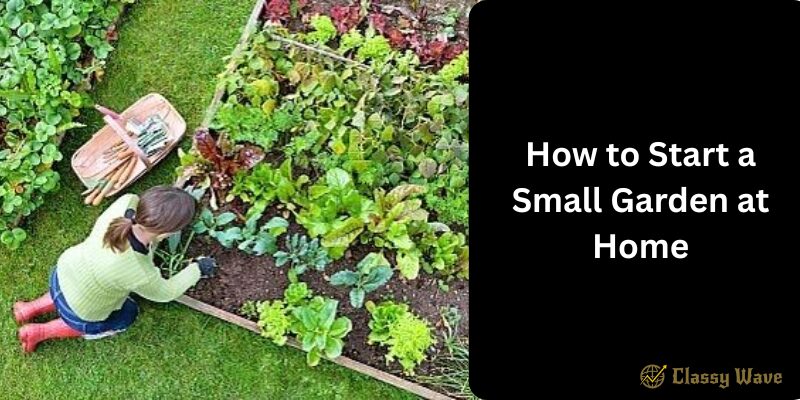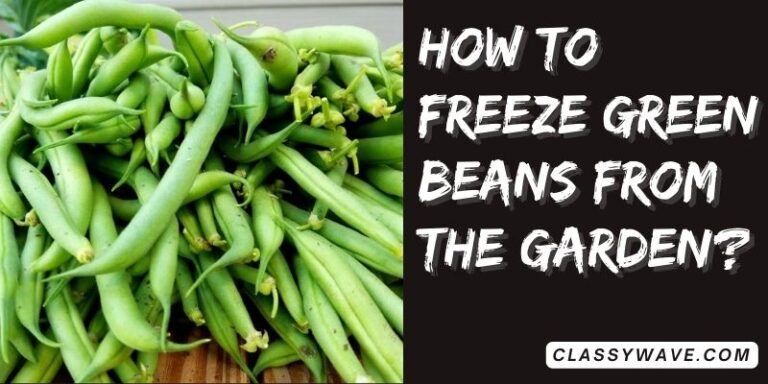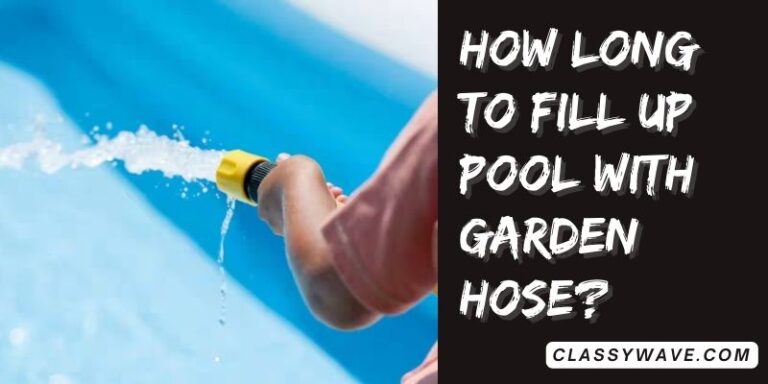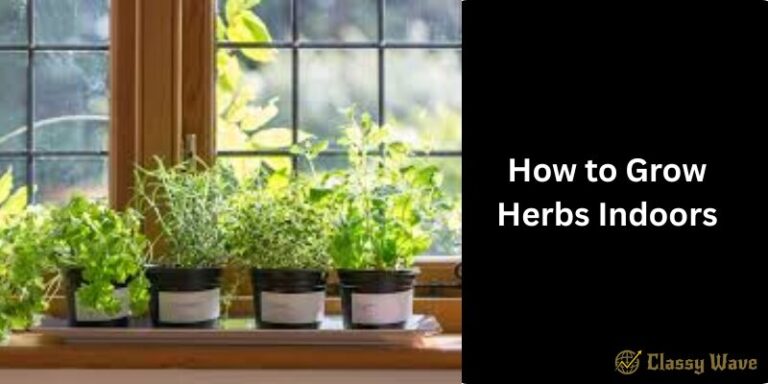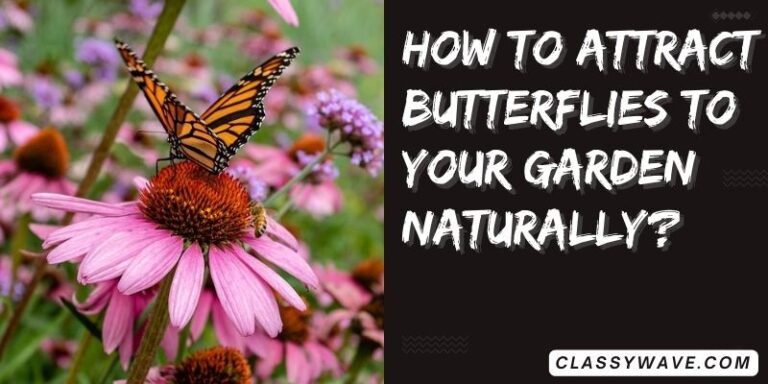How to Start a Small Garden at Home | Classy wave
Starting a small garden at home is one of the most rewarding and relaxing hobbies you can adopt. Whether you have a large backyard or just a tiny balcony, gardening allows you to connect with nature, reduce stress, and grow your own fresh herbs, vegetables, and flowers. Plus, it’s a great way to add beauty and freshness to your home.
Understanding Your Space
Before you start planting, you need to evaluate how much space you have. A small garden doesn’t require acres of land — even a few pots on your balcony can make a big difference.
Indoor gardening is perfect if you live in an apartment or have limited outdoor space, while outdoor gardening gives you more room to experiment with different plants and layouts.
Choosing the Right Location
Plants need sunlight to grow, so pick a spot that gets at least 5–6 hours of sunlight daily. Observe how light moves through your space during the day. Avoid areas with too much wind or deep shade, as these can stress plants and stunt their growth.
Selecting the Type of Garden
Container Garden
Perfect for balconies, patios, and small spaces. Use pots, tubs, or recycled containers.
Raised Bed Garden
These are elevated garden boxes filled with soil, ideal for better drainage and soil control.
Vertical Garden
If you’re short on horizontal space, grow upwards using wall planters, hanging baskets, or trellises.
Hydroponic Garden
A soil-free method that uses water and nutrients — great for tech-savvy gardeners.
Planning Your Garden Layout
Plan your layout before you start planting. Consider the size and spacing of plants, as overcrowding can block sunlight and airflow. Try arranging taller plants at the back and shorter ones at the front. For small gardens, go for multi-tier setups or hanging pots to save space.
Picking the Right Plants
For beginners, start with low-maintenance plants that are easy to grow.
Vegetables: Tomatoes, spinach, lettuce, peppers
Herbs: Basil, mint, cilantro, rosemary
Flowers: Marigolds, petunias, sunflowers
Mixing herbs and flowers can also attract pollinators like bees and butterflies, which help your garden thrive.
Preparing the Soil
Healthy soil is the heart of any successful garden. Test your soil by touching it — it should feel crumbly, not too sandy or sticky. Improve poor soil by mixing in organic compost or natural fertilizers. Composting kitchen waste like fruit peels and vegetable scraps is a great way to create nutrient-rich soil for free.
Gathering Essential Tools and Materials
Here are the must-haves for your small home garden:
- Watering can or hose
- Gardening gloves
- Hand trowel and spade
- Pruning shears
- Pots, containers, or garden beds
If you’re starting indoors, choose containers with proper drainage holes to prevent root rot.
Planting Your Garden
Once you have your tools and soil ready, it’s time to plant!
- Loosen the soil and remove weeds.
- Dig small holes according to plant depth.
- Place seeds or seedlings gently in the soil.
- Water lightly right after planting.
Keep a small journal to track your planting dates and growth progress — it helps you stay organized.
Watering Techniques
The most common mistake new gardeners make is overwatering. Here’s a quick tip: stick your finger one inch into the soil. If it feels dry, it’s time to water.
Water early in the morning or late in the evening to reduce evaporation. Use a watering can with a gentle spray to avoid disturbing the soil.
Fertilizing and Feeding Plants
Use organic fertilizers like compost tea, banana peels, or crushed eggshells to add nutrients. Different plants need different nutrients — nitrogen for leafy growth, phosphorus for flowers, and potassium for overall health. Feed your plants every 2–3 weeks for the best results.
Pest and Disease Control
Keep an eye on your plants for signs of pests or diseases. Use natural pest control methods like:
- Neem oil spray
- Garlic and chili solution
- Companion planting (like basil next to tomatoes)
Avoid chemical pesticides, especially if you’re growing edible plants.
Maintaining Your Garden
A healthy garden needs consistent care.
Daily: Check soil moisture and sunlight.
Weekly: Remove weeds, trim dead leaves, and add compost.
Pruning helps promote new growth and keeps your plants in shape. Don’t forget to rotate pots occasionally to ensure even sunlight.
Harvesting Your Produce
Harvesting is the most satisfying part of gardening! Pick vegetables and herbs when they’re young and fresh — this encourages plants to produce more. Use clean scissors to cut herbs, and gently twist fruits or vegetables off their stems to avoid damage.
Creative Garden Ideas
Give your garden a personal touch! Use recycled bottles as planters, paint old cans, or add fairy lights for a cozy vibe. Adding small decorative stones, DIY plant labels, or a tiny fountain can make your space feel peaceful and inviting.
Conclusion
Starting a small garden at home doesn’t require a lot of money or space — just passion and patience. From a few herbs on your windowsill to a full mini vegetable garden on your balcony, every small effort makes a big difference. Gardening not only feeds your body with fresh produce but also nourishes your soul.

